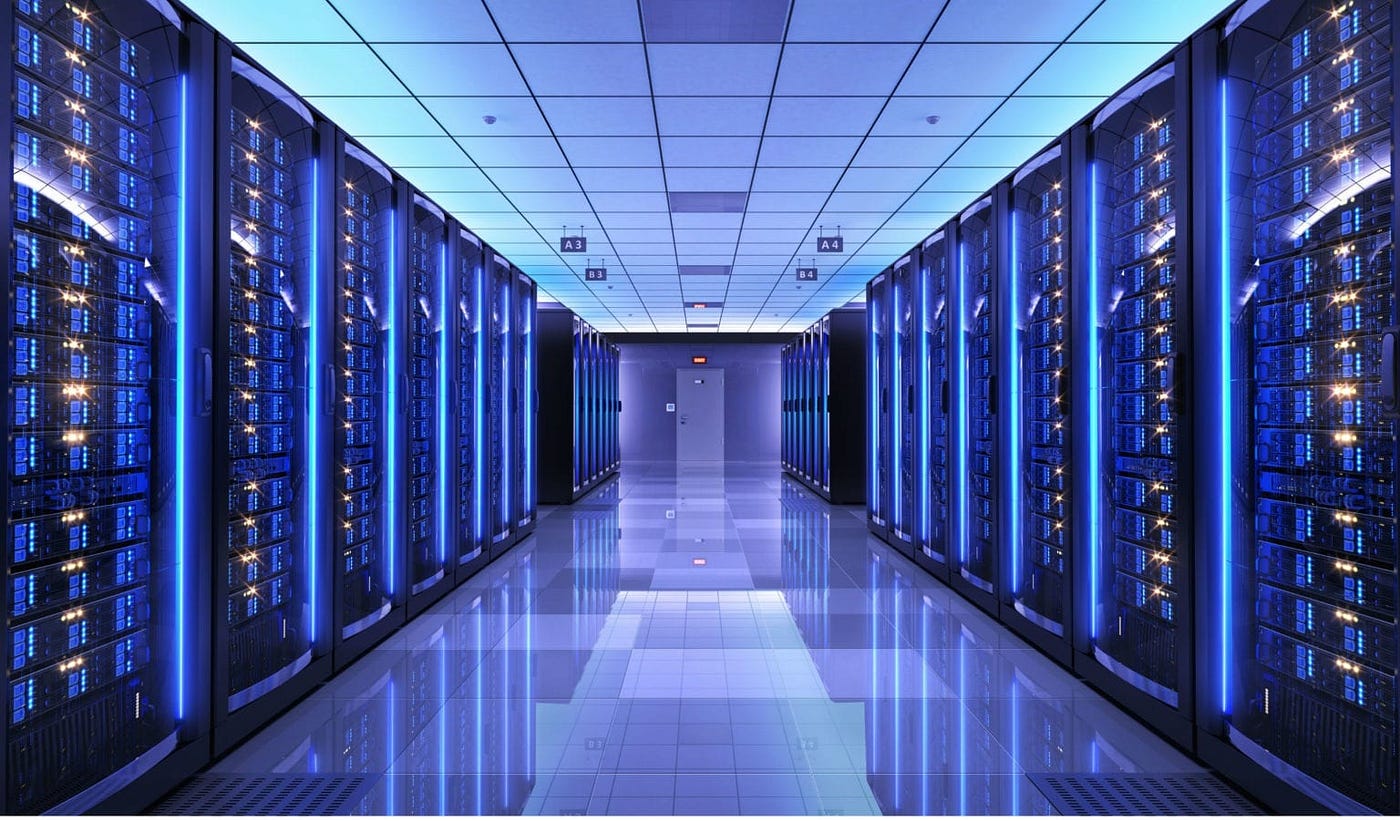
For high-performance computing knowledge, it is first essential to understand the different aspects that make up this complex field. This article will outline the core concepts of high-performance computing and how they can be used to improve system performance. By understanding these basics, you can better take advantage of various hardware and software optimizations available today.
Table of Contents
What Is High-Performance Computing (HPC)?
High-performance computing uses supercomputers and parallel processing techniques to solve complex computational problems. It is a computing branch that optimizes system performance through hardware and software optimizations.
High-performance computing aims to obtain better results in shorter timeframes than traditional computing methods. It is achieved by running multiple computations simultaneously and processing large amounts of data.
For this to happen, high-performance computing systems are designed to be highly scalable. They can be composed of hundreds or even thousands of interconnected computer nodes, each with its processor and memory. These nodes form a powerful supercomputer that can handle highly complex tasks when used together.
HPC systems are used in various fields, such as scientific research, engineering, weather forecasting, and finance. They also solve complex astrophysics, climate modelling, and DNA analysis problems.
The Benefits Of Using HPC
- Increased speed and efficiency: HPC systems can achieve results much faster than traditional computing methods by running multiple computations simultaneously.
- Increased accuracy: HPC systems can process large amounts of data quickly and accurately. It allows for more accurate results and better decision-making.
- Reduced costs: By using HPC systems, organizations can save money on hardware and software costs. Additionally, HPC systems can reduce the time and resources needed for research and development.
What Are The Components Of A High-Performance Computing System?
A high-performance computing system typically consists of four main components: processors, memory, storage, and networking.
- Processors: The processor is the heart of any computer system. It is liable for carrying out computations and carrying out orders. In HPC systems, processors are often used parallel to achieve high performance.
- Memory: Memory is where the processor’s data and instructions are stored. In HPC systems, memory is typically divided into RAM and disk storage.
- RAM: Random access memory (RAM) is a type of memory that can be accessed randomly by the processor. It is used to store data that is being actively used by the system.
- Disk storage: Disk storage is a type of memory that stores data on a disk. Disk storage is slower than RAM, but it can hold more data. In HPC systems, disk storage is often used to store data that is not being actively used by the system.
- Networking: Networking is a vital component of any HPC system. It is responsible for connecting the different components of the system and allowing them to communicate with each other. In HPC systems, networking is typically done using a high-speed network such as InfiniBand or Ethernet.
What Are The Different Types Of High-Performance Computing?
There are three main types of high-performance computing: supercomputing, grid computing, and cloud computing.
- Supercomputing: Supercomputing uses a single computer system with multiple processors to solve complex computational problems. Supercomputers are the most potent type of HPC system and are often used for scientific and engineering applications.
- Grid computing: Grid computing uses multiple computers connected to form a virtual supercomputer. Grid systems are often used to process large amounts of data in parallel.
- Cloud computing: Cloud computing uses remote servers connected over the Internet to store and process data. Cloud systems are often used for business applications that require scalability and flexibility.
High-performance computing is a critical tool for solving complex problems in various fields. By understanding the basics of HPC, you can ensure that your organization uses this powerful tool to its fullest potential.

How To Get Started With HPC?
Now that you understand the basics of high-performance computing, you may wonder how to start with HPC. Here are a few tips:
- Define your needs: The first step is identifying the computational problems you need to solve. Once you have identified these problems, you can determine which type of HPC system will best meet your needs.
- Choose the proper hardware: The next step is to choose the proper hardware for your HPC system. It would help to consider factors such as processor type, memory size, storage capacity, and networking speed.
- Select the appropriate software: Once you have chosen the hardware for your HPC system, you will need to select the appropriate software. Many HPC software packages are available, and you will need to choose the one that best meets your needs.
- Set up your system: The final step is to set up your HPC system. This process can be complex, so it is crucial to work with a qualified IT professional who can help you get started.
Conclusion
High-performance computing is a powerful tool that can be used to solve complex computational problems. By understanding the basics of HPC, you can ensure that your organization uses this tool to its fullest potential. You can set up an HPC system that meets your specific needs with the proper hardware and HPC software.
